Technology in Train Simulator NEXT
On this page, we present some technical facets of the new train simulator. Train Simulator NEXT is a very new platform and solves technical problems using modern computer technology methods.
This platform uses DirectX 12
Train Simulator uses Direct3D 12 natively and is not an add-on inside the game engine: this means you get the full feature set and experience the full spectrum of possible performance with this new graphics interface. Rendering tens of millions of triangles and tens of thousands of objects is no problem in the new platform.
The program develops a game engine that has been developed in-house from scratch. This ensures the best possible performance, especially for open worlds. Modern world management methods mean that a visibility range of 4 kilometers can be used for detailed geometry. Furthermore, high-quality textures can be used with modern compression techniques and storage methods.
Physically based material
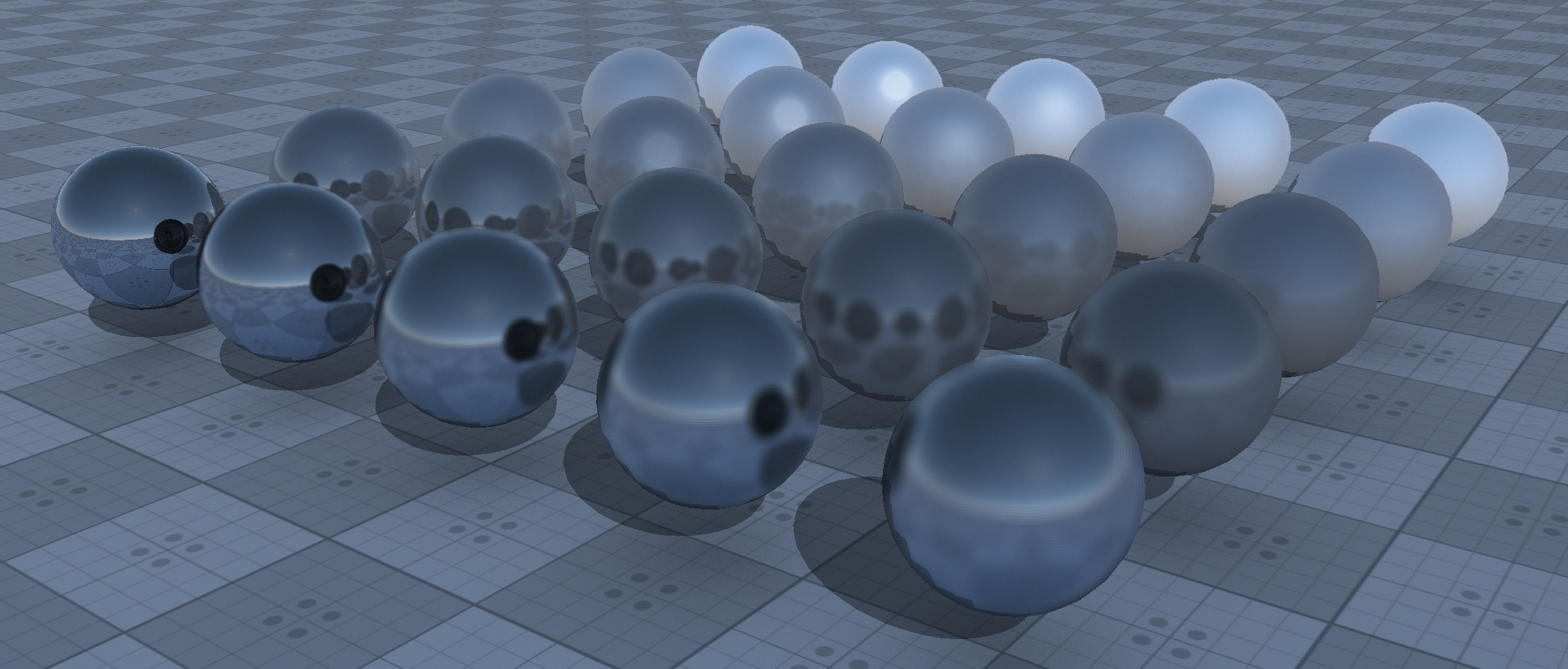
The in-house engine uses physically based materials based on cinematic GGX descriptions: in this system, artists describe the properties of a surface using roughness and metallicity. This model is therefore incredibly close to natural and real material properties.
The internal technology for display is optimally adapted to the requirements of ray tracing: the system uses the brightness and color of the environment using atmospheric data to describe the sky. Real-time reflections are also used for metallic materials: this means that the metal surface reflects what can actually be seen.
The program also includes other special material properties that are essential for a good train simulation: these include emissive surfaces to pre-calculate illuminated materials. Physically based environmental parameters such as the brightness of the material and the ambient brightness are used. Sub-surface scattering is also considered: a non-transparent material can cast a partially transparent shadow. Other popular techniques are alpha masks, which are supported in the program. Using the material properties, it is even possible to adjust specular reflections.
An automatic system for weathering materials and a texture system that selects a suitable texture file for the season, weather, or time of day are included in the package.
Self-shading with ray tracing
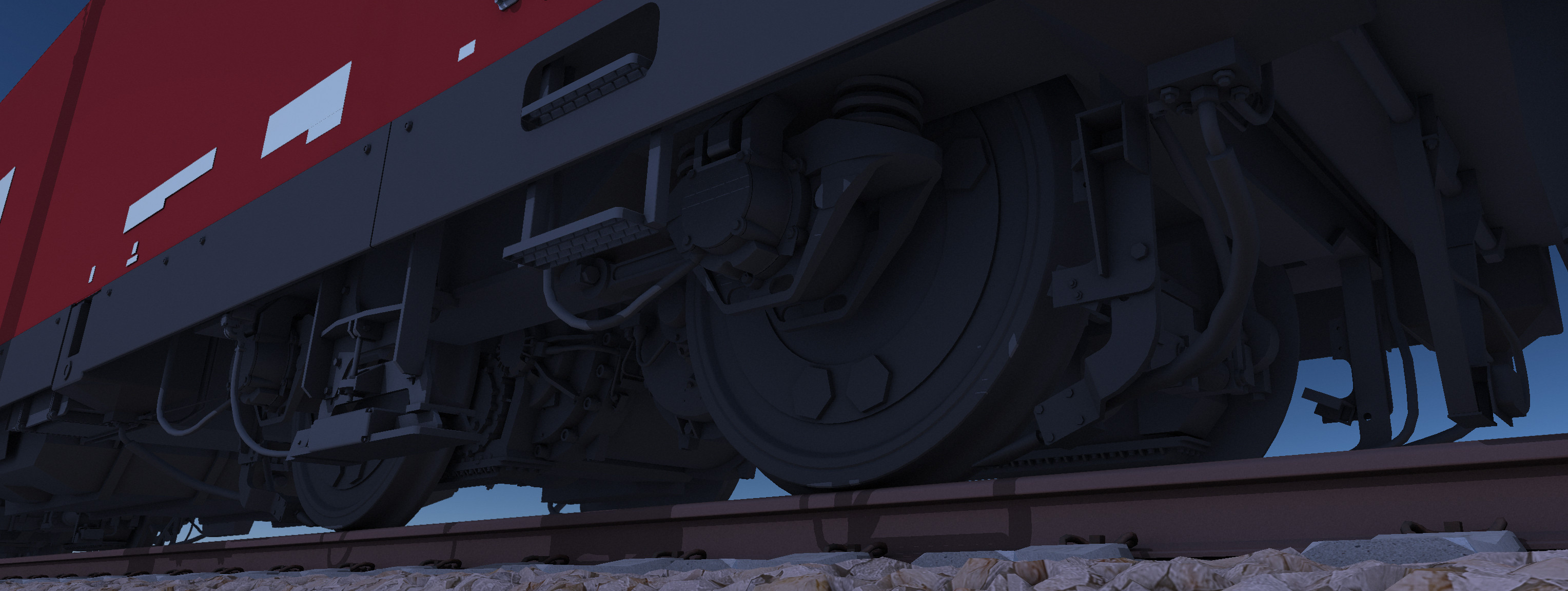
Older technology platforms use pixel-based solutions to emulate the self-shading of an object. In Train Simulator NEXT, real self-shading is calculated using ray tracing — and is therefore as accurate as in nature.
In the image above, no textures were deliberately used for the surfaces to show the capabilities of this relatively new technology with today's hardware capabilities. Ray tracing is a real challenge for the hardware, but the leap in the quality of the display is clearly noticeable. That's why we rely on this technology. Another advantage: the annoying "baking" of ambient occlusion maps with all its problems is a thing of the past.
The quality of the shadows must also be considered. Older auxiliary methods with their muddy and clunky shadows are a thing of the past. As hardware performance increases, we want to expand this technology even further in the future and are already thinking about global illumination for surfaces.
A new feature: technically correct lights

The interaction of light with the environment is reflected in the game engine of the new train simulator. Realistic lights are possible here: they cast shadows and change based on the ambient brightness.
The change in brightness is based on technical information: this includes, for example, the brightness of the beam in watts, the type of luminous material and how far the light shines into the environment. The settings are designed to be convenient: for example, designers can control the color tone using a color temperature and maximize luminance. All common types of light can thus be effectively represented in a 3D world.
Real reflections are possible here
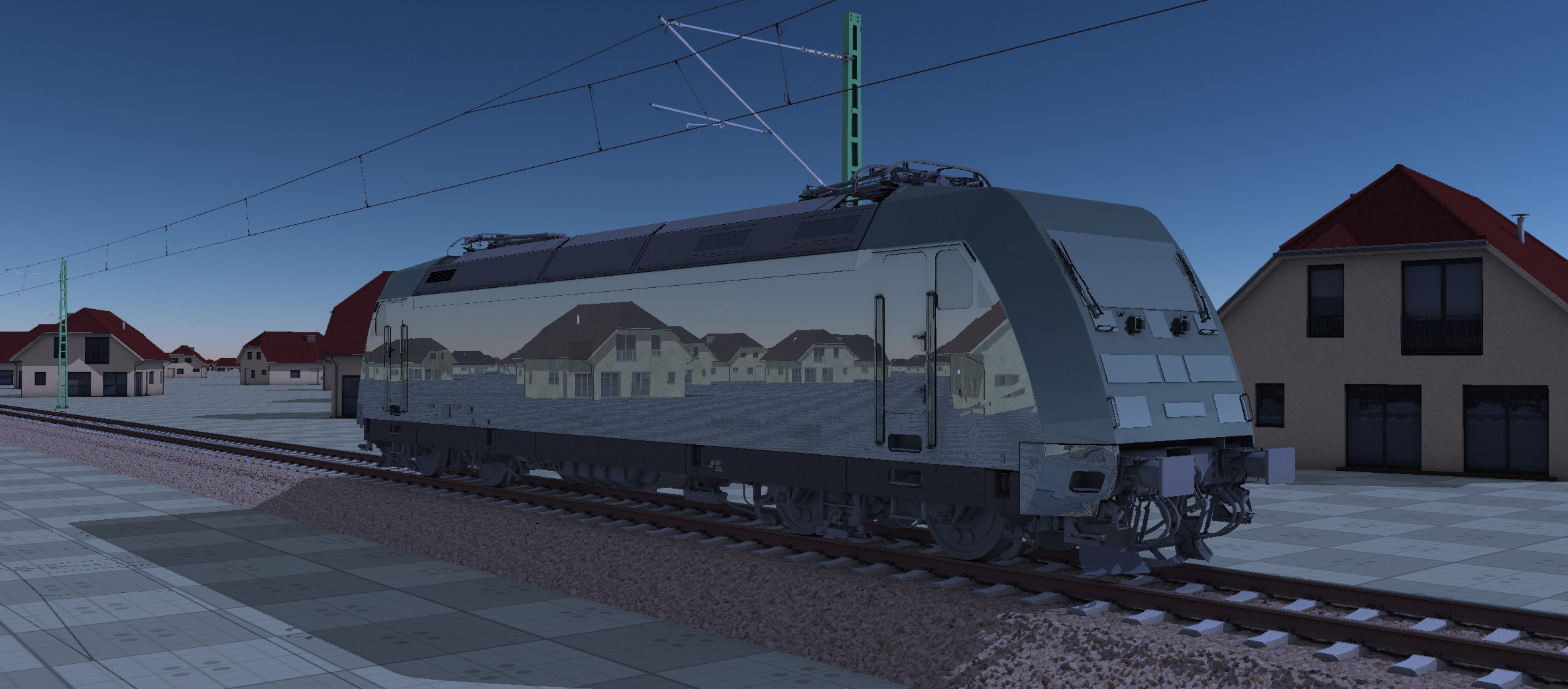
The use of real reflections is possible in the program. The vector of the reflection hits the object with which it actually collides. This means that non-visible objects are hit in the image and everything is correct as in nature. Not only does this make the material look natural: it also makes systems such as platform and vehicle mirrors possible.
Performance with DirectStorage

The data system in the program was trimmed from the start to ensure modding-capable performance. Not only are the artifacts now barely noticeable thanks to modern compression methods: using DirectStorage and a suitable SSD in your computer, the textures are transferred directly to the graphics memory at high speed. This reduces loading stutters and increases the speed of loading the program or a track.
To the editors: The Object Editor
The Object Editor allows you to import and configure 3D assets in Train Simulator NEXT.
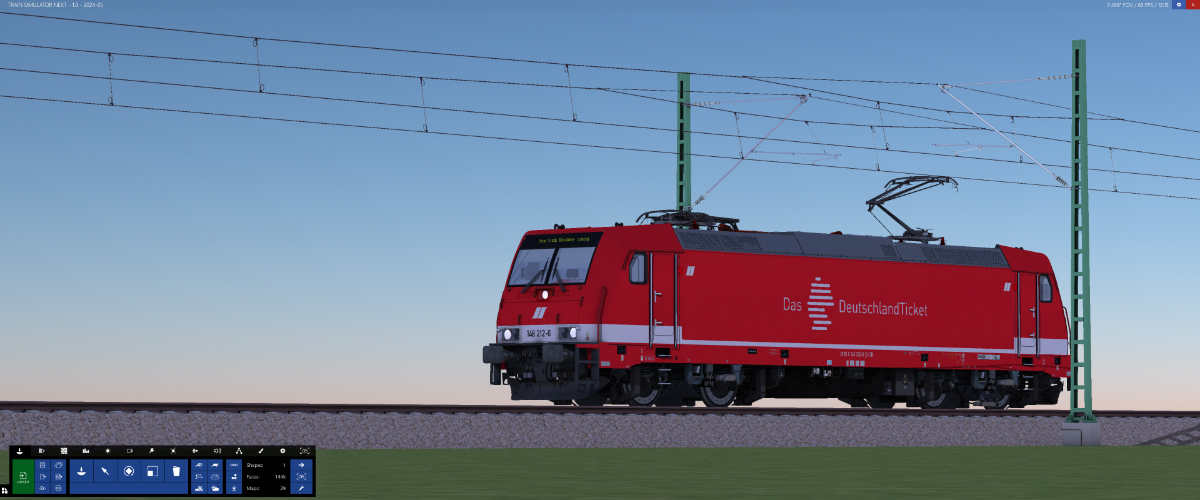
The Object Editor offers the following main functions:
- Import 3D assets and textures from various file formats.
- Perform performance measurements using tools such as automatic placement.
- Automatically create impostors to create simplified geometry.
- Adjust physically based materials and use special material functions.
- Configure, combine and separate animations as required.
- Integrate additional Cameras, lights, sounds, and scripts into the object.
- Change the environment according to your ideas.
The land data editor
With the land data editor, you create the necessary world for a route. You can integrate external resources such as transport networks, elevation, and satellite images and import prepared line networks from KML data.
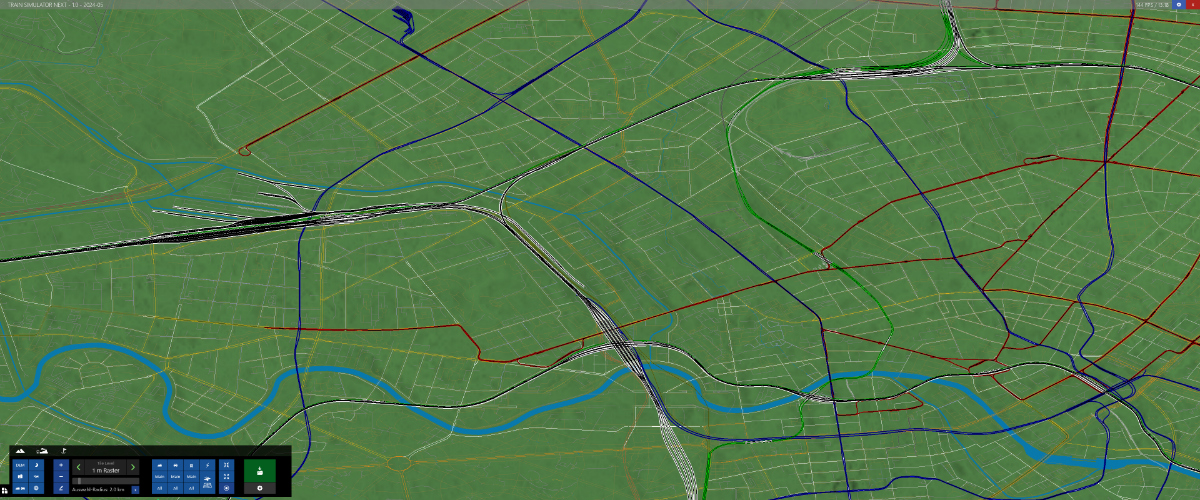
The Land Data Editor offers the following main functions:
- Automatically select the world data for a route and export the data.
- Selectively display the railway, road, water, and transport network.
- Import satellite images, elevation data and water areas from standardized sources.
- Use the GPU calculation for the intensity of air and light pollution and ambient humidity.
- Import transport networks from KML files that you have created online, for example.
An open platform

When designing the file system, we made sure it was open to developers and users who would like to mod. The structure is easy to understand and mods can be installed easily.
We also offer documentation for developers. This is still in progress.